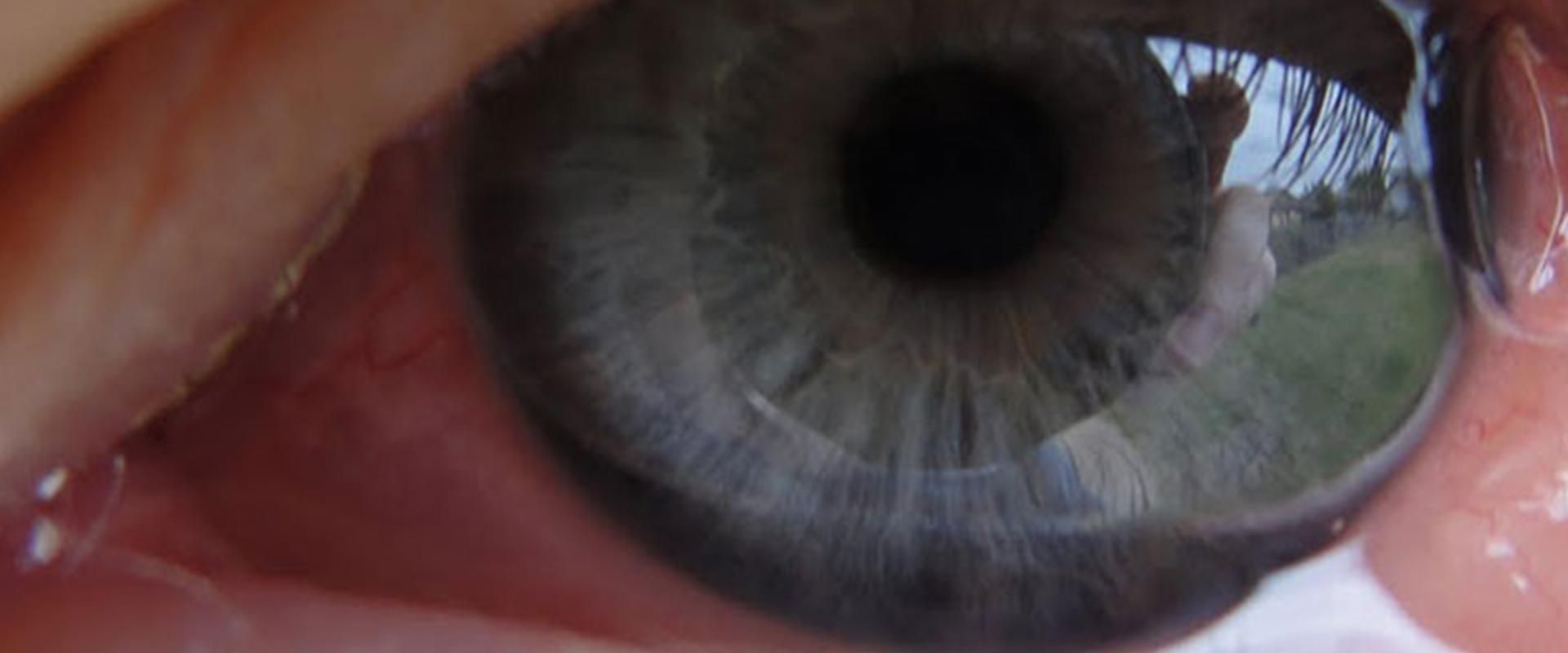What Is A Pterygium?

FACT: One in every 100 Australians will develop a pterygium
A pterygium is a common eye problem seen by optometrists, in fact one in every 100 Australians will develop a pterygium at some stage. Although it is not a nice condition to have, it is treatable. Find out more below.
What is a pterygium?
A pterygium is a fleshy overgrowth on the conjunctiva of the eye. The conjunctiva is the clear membrane that covers the white part of your eye.
Generally the pterygium will grow from the nose-side onto the eye and it can affect either one or both eyes at the same time. Although a pterygium is not normally cancerous or dangerous, if it continues to grow it can start to cover the front of the eye, which will affect vision.
What are the symptoms of a pterygium?
Pterygiums are painless, however they can sometimes cause mild irritation. Generally there are no symptoms other than being able to see a fleshy pink, triangular growth in the corner of your eye.
If symptoms do occur, they may include:
- Blurred vision if it covers the cornea
- Itching and burning sensations
- Irritation
How to prevent a pterygium
Some people are at a higher risk of developing a pterygium than others. Risk factors include:
- UV exposure - people who spend a lot of time outdoors are more susceptible to pterygiums
- Age - your risk of developing a pterygium increases with age
- Dusty or sandy environments can contribute to the development of pterygiums.
To minimise your risk of developing a pterygium, always wear high-protection sunglasses when you are outdoors.
How are pterygiums treated?
Pterygiums are easily diagnosed during an eye exam. Depending on the severity, your optometrist may offer a variety of treatment options during your eye exam.
If the pterygium is very small, your optometrist may simply advise you to increase your UV protection by wearing sunglasses and a hat when outdoors. However you should go back regularly for check-ups to monitor it.
If you have any irritation, your optometrist may also give you eye drops to help with this.
For much larger pterygiums, particularly those that have started to affect vision, surgery may be required.
Always visit your Toowoomba optometrist at least every two years for a comprehensive eye exam.
 07 4635 8844
07 4635 8844